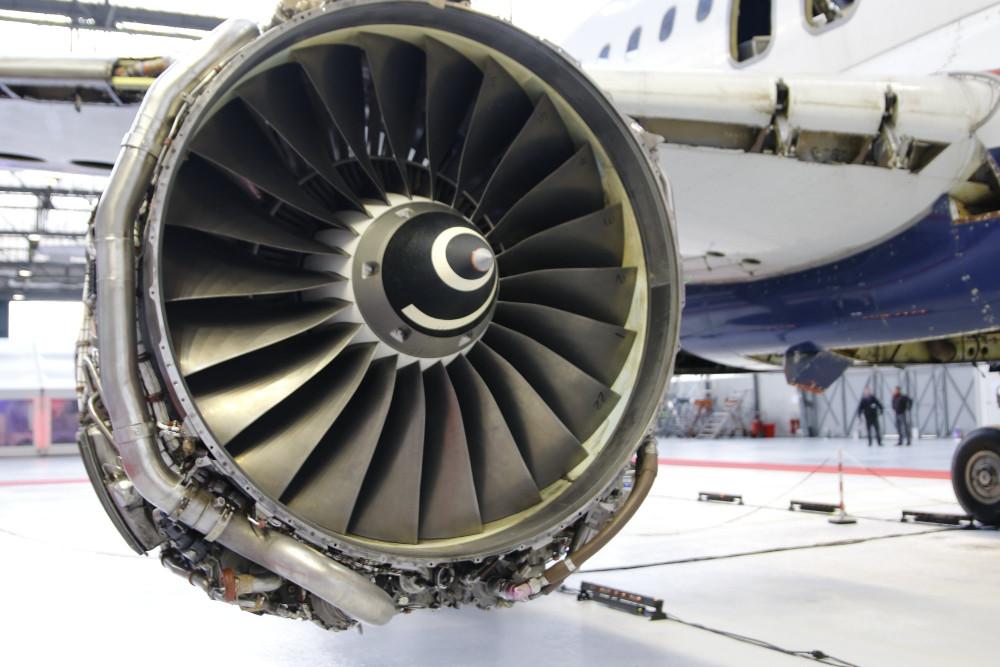
Engine shop visits will not return to 2019 levels until 2024, according to consultancy IBA.
In 2020 they are down roughly 70% on the previous year, and IBA’s prediction puts the engine aftermarket recovery in line with what IATA forecasts for passenger traffic.
The crisis has also played havoc with engine values, although IBA notes that demand from Asia had helped limit a drop in CFM56-5/7 values to 12%. It added that the number of grounded CFM56 engines for the Boeing 737NG line had shrunk from a high of 8,000 to a little under 3,000 by the end of August.
In contrast, Rolls-Royce Trent 900 values have been cut in two, although the discontinuation of their Airbus A380 platform means that the crisis has only accelerated a descent already begun.
“Many key stakeholders from OEMs to lessors, and MROs to the airlines themselves, have been impacted by the fall in engine usage and values thus far in 2020.
"While we forecast improving engine lease rates in the mid term, this is going to be a tough winter for the aircraft engine marketplace,” noted Phil Seymour, president of IBA.
More surprising is the fact that Trent XWB values have only fallen 1%, which is less than CFM LEAP and Pratt & Whitney PW1100 declines of 2-4%.
This is despite the fact that many of the Trent XWB’s A350 platforms continue to be grounded due to the collapse in long-haul demand, and there are even some aircraft struggling to find lessees following the collapse or near-collapse of their originally intended customers.
The resilience of the Trent XWB values is probably a reflection of the fact that it is the sole-source engine for the A350, that it has generally proven reliable (barring a widening of minor durability issues recently noted and--crucially--that the A350, along with the 787, is expected to constitute the backbone of long-haul fleets when demand recovers.
